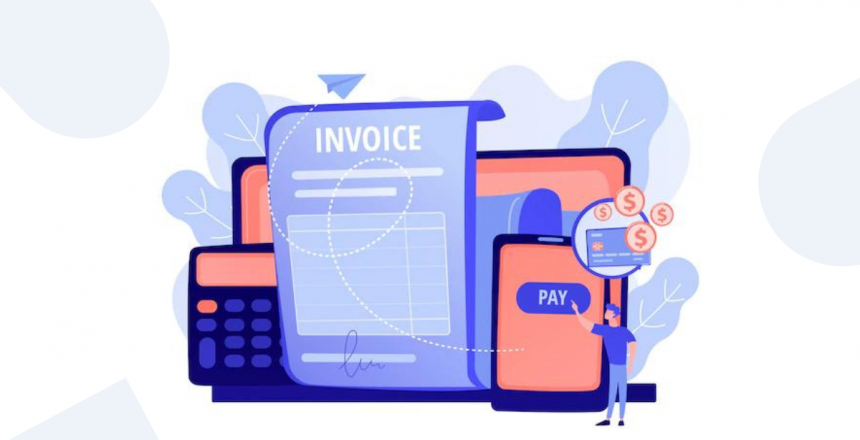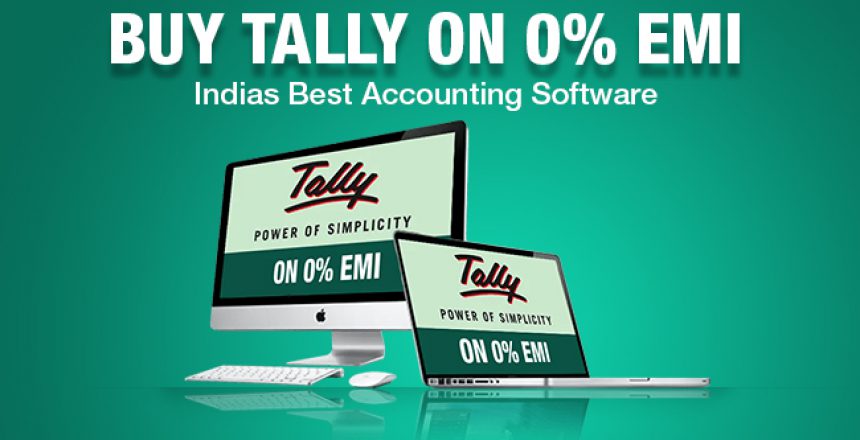What is an e-invoice?
Electronic invoicing or simply known as e-invoicing may be defined in simple terms as an electronic billing system that contains the various indigenous methods which are used by different trading partners to develop and showcase documents consisting of transaction history between each other such as the suppliers with their customers. This in return helps in ensuring the legal agreements and trading terms being met with complete transparency. These invoices include purchase documents, different order and debit documentations, terms of payment and instructions related to the payment.
Now after obtaining a definitive idea about the term, let us look at the context of GST and how the concept of e-invoice is associated with the current tax payment system. In this article, we are focused on e-invoicing system and its implications under GST that can be explained as the incorporation of the online invoicing system rather than the traditional billing and paperwork which was a havoc in the past years.
With the enhanced integration of GST eco-system with e-invoicing, the interpretation and operation between business becomes more transparent and uniform. The e-invoicing under the GST environment needs to get all the invoices that are mandatory to be registered under the Invoice Registration Portal or simply called as IRP with the government. What it does is, it simply generates a very specific QR code with a relevant Invoice Reference Number (or IRN) and according to new amendments in the law, only a registered invoice with a valid IRN shall be granted.
Understanding IRN and its integration with various ERPs
To understand the complete system of the IRP and e-invoicing, one must have the complete knowledge of IRN since it involves all the informative as well as documented processes embedded in it. To understand IRN, let’s call it just a simple and unique billing number that would be associated with a fixed invoice with a unique and assertive QR code. This particular serial number will serve a purpose of identification of that particular invoice by the tax payers. In return, whenever necessary; this unique IRN may be used by the officials to track the various necessary data regarding the invoice itself. This will provide a general information on what and how much amount of services or goods that has been involved in the business of a vendor and customer. This can serve a purpose of transparency and uniformity in the tax payment ecosystem.
So here is how the e-invoicing system under the GST works. First after the vendor and the customer makes a deal, the supplier can go and file an e-invoice at the Invoice Registration Portal with the help of any known software, web service provider or any method he/she choses to. What it will do is, it will create a unique IRN and the data will be automatically get registered in the IRP resulting in the generation of the IRN through email or any communication channel that the supplier may prefer to use. In this way, without the use of paperwork and logistics, one will simply be able to get all the invoices all at their service. This entire e-invoicing system will ironically change the way of how tax payment under GST was in the past years.
Now let us understand the concept of ERP under e-invoicing ecosystem. ERP stands for enterprise resource planning and it is used as a tool of integration for the various parts of a business. It basically collects all the information that’s related to the different divisions of the business, thus increasing the productivity. Now the question arises, how its related to the whole taxpayment under GST and the concept of e-invoicing. The whole idea is that when a vendor is going to file the e-invoice through the IRP, the standardisation process involved with the new protocols will create complicated and lengthy issues which may be tackled using the help of ERPs. They practically provide robust solutions to the businesses where they can simply go and create an e-invoice that can be generated from the IRP along the specific QR code as well as IRN.
E-invoicing and its introduction by the government can serve a purpose of highlighting the attributes related to the GST compliances which will make the process of reconciliation an easy task for the input credits. E-way bill simply is meant for serving the purpose of tracking goods whereas e-invoicing can be applied for the supply of goods as well as the services in any business.
There are several ways by which ERPs may be employed to create the IRN at the Invoice Registration Portal. But mainly they can be categorised into mobile based application methods, API program based and offline method based processes. With our flexible ERP services, one can generate the invoice using any of the methods mentioned below:
What is SAP?
This German developed software helps with developing a vendor invoice which basically is a document integrating various bits of the financial aspects of a business along with material management. So what happens is, when a vendor makes a deal with any customer for the delivery of certain goods in a specific amount; the SAP software will generate an e-invoice which will be linked directly to the IRP and would be sent to the customer about the amount which needed to be paid back to the supplier.
What is Tally?
When using this Indian software from the Tally Solutions, the supplier has to simply access the gateway of the software interface, then they just need to enter the commodity or the service they are giving along with the other basic information and that’s it. What the Tally software does is, it automatically integrates this information from the vendor and inputs it into the Invoice Registration Portal thus making the job easier for them. After this, the IRN is generated at the IRP which gets made available to the supplier at the Tally Gateway itself.
What is Oracle ?
This software helps the vendor create the e-invoice by using the expenditure and event model while the bill gets processed in the Invoice Registration Portal. In simple terms, it eases the process of standardisation at the vendor end IRP when they try to create the invoice across a range of projects. The generation of IRN takes place when the supplier applies the commodity and their amount list in the software. And the interesting thing is, after the IRN gets generated, it will be available to the user at the software interface itself thus making the job much easier than the obvious traditional methods.
Introduction to Custom ERPs
These are the kinds of ERPs that are developed specifically to meet the end user requirements. These are necessary when the supplier has a specific requisition regarding the invoice and bill generation of their commodities.
E-invoicing has a major future and this change in the processes related to any business and will demand a drastic review of the current tax payment ecosystem with these kinds of changes. After implementing these easy to use services, there will be better transparency in the tax paying system and will bring new technological advancement in the environment of bill generation and usage under the umbrella of GST.





